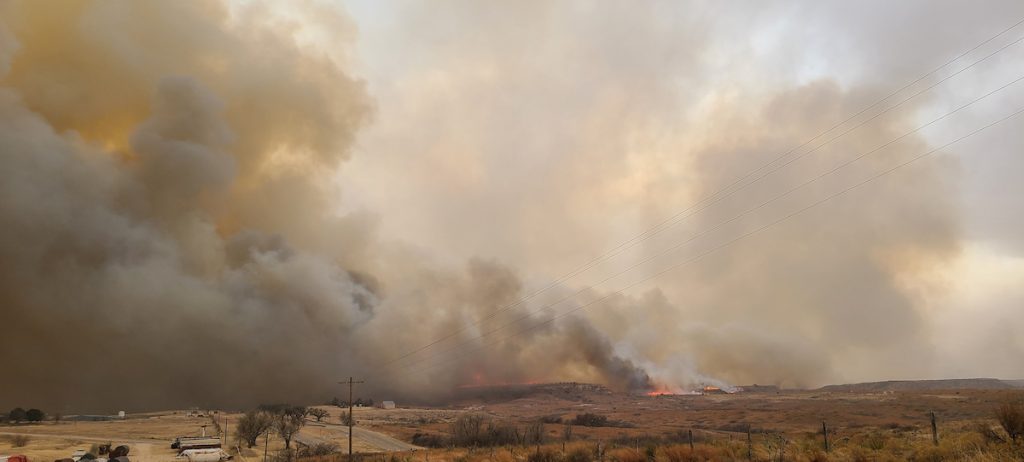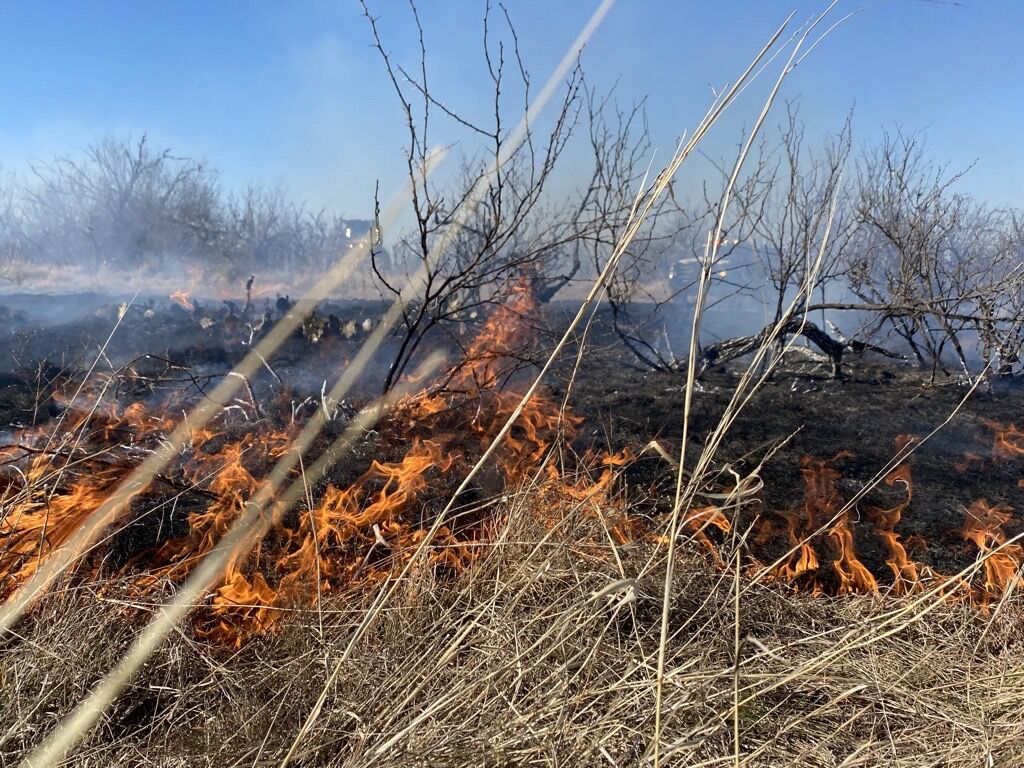Digital photos, video, ownership records vital in reporting procedures
Landowners who have experienced Panhandle wildfire losses to agricultural infrastructure or livestock are advised to properly document losses in preparation for filing insurance claims or qualifying for federal assistance.
“It is recommended that landowners take photos of deceased livestock before burial, as well as burned equipment, agricultural structures, fences and water wells for insurance purposes or U.S. Department of Agriculture assistance program qualification,” said Monty Dozier, Ph.D., Texas A&M AgriLife Extension Service–Disaster Assessment Recovery, DAR, program director.
AgriLife Extension DAR agents and AgriLife Extension county agents are working with the Texas Division of Emergency Management to record and log losses.

Residents, commercial businesses and agricultural producers can utilize the Individual State of Texas Assessment Tool, iSTAT, Damage Survey. The information provided in the survey allows emergency management officials to understand damages that have occurred, helps officials determine if the state meets federal requirements for various forms of disaster assistance and identifies any immediate resource needs.
Individuals are still responsible for reporting damage to insurance agencies. It also does not guarantee disaster relief assistance.
Livestock death loss documentation
Livestock owners could be eligible for federal assistance, so they should record all pertinent information of livestock death losses due to wildfire. Documentation of the number and kind of livestock that have died, supplemented, if possible, by such items as, but not limited to:
• Photographs or video records to document the loss, dated if possible.
• Purchase records, veterinarian records, production records, bank or other loan documents.
Other documentation:
• Written contracts, records assembled for tax purposes, private insurance documents and other similar reliable documents.
Quantity and kind of livestock that died as a direct result of the eligible event may be documented by:
• Purchase records.
• Veterinarian records.
• Bank or other loan documents.
• Rendering truck receipts or certificates.
• Production records.
• Records assembled for tax purposes.
AgriLife Extension will provide more educational information as more information becomes available on the losses and needs of those affected by the wildfires. Contact the USDA Farm Service Agency for more information on available livestock disaster assistance programs and requirements.
Sign up for HPJ Insights
Our weekly newsletter delivers the latest news straight to your inbox including breaking news, our exclusive columns and much more.
More preparedness and recovery information may be found on the Disaster Assessment and Recovery website. Safety tips and wildfire resources are also available on the Texas Ready website and the Texas A&M Forest Service website.


